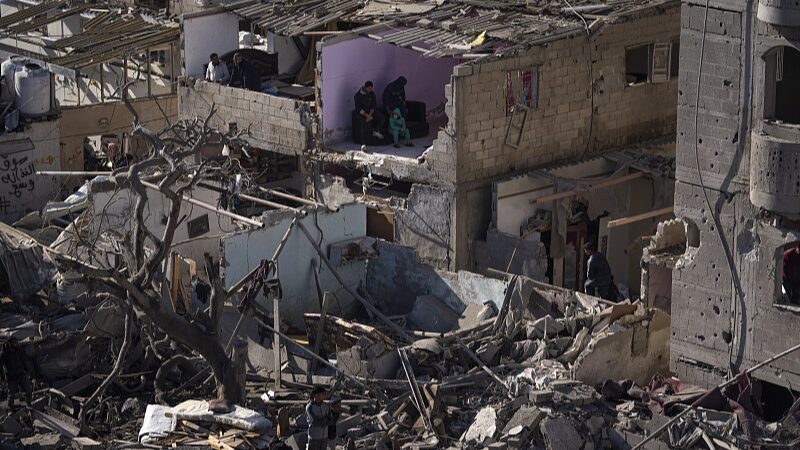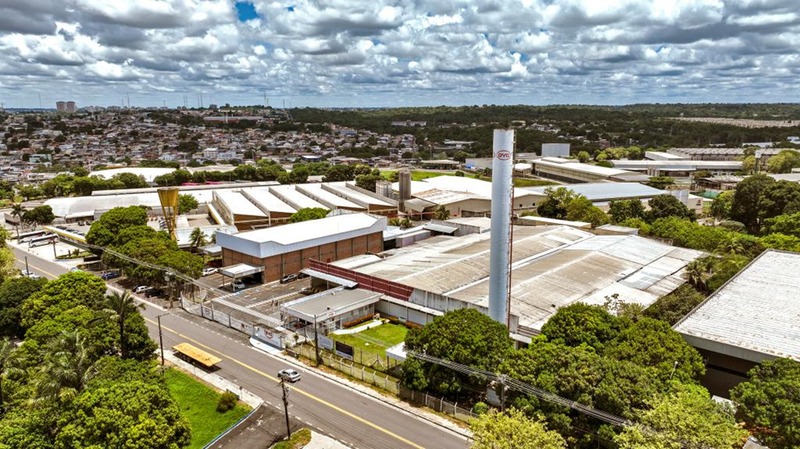The Gaza Strip, one of the world's most densely populated regions, is enduring a severe humanitarian crisis that the United Nations has described as \"horrific.\" The immediate catalyst for this dire situation is the recent Israeli assault that commenced following the Hamas attack on October 7.
According to Reuters, U.N. rights chief Volker Turk expressed his horror on April 23 over the destruction of the Nasser and Al Shifa medical facilities in Gaza. Additionally, reports have emerged of mass graves containing hundreds of bodies, underscoring the severity of the conflict.
As of April 22, at least 34,151 Palestinians have been killed in Gaza, including nearly 8,500 women and almost 15,000 children. Over 77,000 individuals have been injured, and more than 8,000 are reported missing. The crisis has displaced approximately 1.7 million of Gaza's 2.3 million inhabitants. In January, the International Court of Justice recognized the Israeli attack as a potential case of genocide.
The Gaza Strip has been under an Israeli blockade since 2007, which has significantly restricted the movement of people and goods. UN experts have long stated that the blockade deprives residents of fundamental human rights and constitutes collective punishment, a violation of international law.
Since last October, the blockade has intensified, leading to the destruction of over half of Gaza's housing and critical infrastructure, including hospitals, wells, and waste disposal facilities. The systematic demolition of essential services highlights the urgent need to address the root causes of this ongoing humanitarian catastrophe.
To achieve lasting peace and alleviate the suffering of Gaza's residents, it is imperative to tackle these underlying issues through sustained international efforts and dialogue.
Reference(s):
Only way to end Gaza humanitarian catastrophe: Tackle its root causes
cgtn.com



